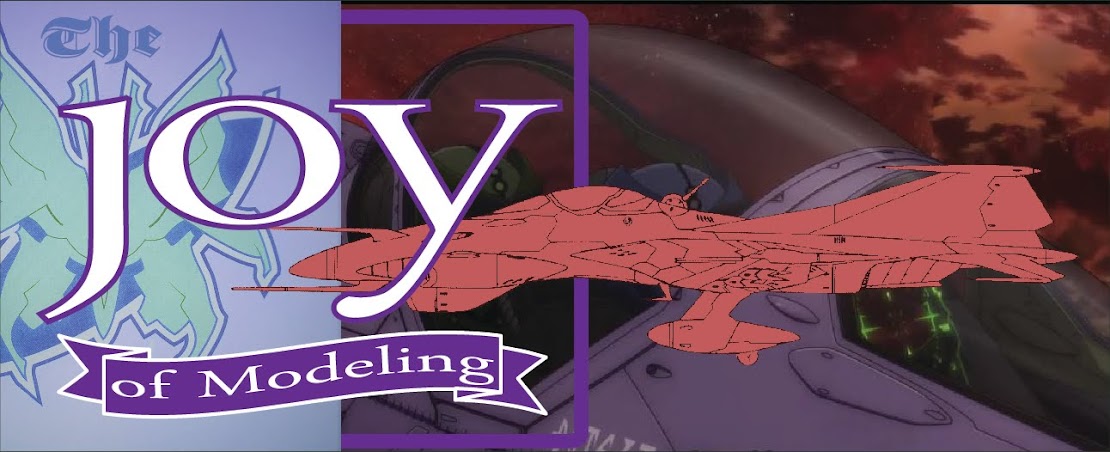Before I go any further, I got my best reference out, and photocopy a side view drawing until it was 1/35 scale, based on accepted dimensions. The model is put on this blueprint to align stuff. In this case I am checking the positioning of the axels and cab front. Better to know now.
Using the kit fenders as patterns, I cut out new ones in paper. On the real vehicle they are tin sheet. The Toko kit fenders look to be about the thickness of an ice cream sandwich. I found no good pictures of what the area where the fender and hood sides meet. A bunch of different angles meet up here. This will probably be one of the most complex areas to deal with. To solve, I begin building what I know with paper. The solution will come in the building. And will inform me on what to look for in the reference so that I can get this are right. This is the fun part. Figuring it out. Oh, yeah.
I really, really, really want to replace the side panels of the hood with ones that have actual louvers. That you can see through. Initially, I thought this was madness. When I think something is not possible, I do a quick test to see.....turns out it is possible. The big hurtle was being able to push the blade through the brass sheet. Trying to push it evenly all at once does not work. But, if you imagine the blade is more like a shear and punch through on on end, then it works. Tricky...but it works.
I figured I may as well fashion the hood top from brass while I was at it. If you have not used brass before, you should give it a try. First, I made a plastic mannequin of the under hood area. I made sure the horizontal support was centered. I then folded a section of paper. The fold will be my center line.
Double stick tape is put on the mannequin and the paper is made to conform, making sure the centers align. excess paper is trimmed until I have a pattern.
A section of .005 brass sheet is carefully cut with a scissors. A center line is drawn on the pattern and the paper pattern used to draw the correct shape. The two square holes in the paper pattern allow me to align it to the center line drawn on the brass.
BTW, the brass sheet is "Shim Stock" and comes In various thicknesses. (I just did a quick search using "Brass Shim Stock" as key words. It comes in coil form and sheet). The stuff I'm using is .005, which is about the same as PE parts. If you are careful and draw accurate lines using a sharpie you can cut out parts very cleanly with a sharp scissors. To create channels in the brass for folding, I lay a metal rule on the line and use a saw (upper right) to furrow out a groove. Be patient, let the tool do the work.
Take your torch and anneal the brass by heating until it gets cherry red. This will make it softer and more easily shaped. If you have not ever annealed brass YOU HAVE NOT LIVED.
Next. I took a thick sheet of plastic and used a round file to put a channel in it. I taped the brass in place using double stick tape. I then took a metal probe and gently coaxed the brass into the groove.
"Groovy"
I love brass, it is easy to shape, more durable and will impart a look and feel that plastic does not. Here are the two parts for comparison. Note, the curve of the brass hood can be easily altered to fit once the rest of the front is built. Besides, building the hood in plastic is no cake walk either.
Now you see paper being used to get the shape of the next hood/cab section. In the kit the sections all butt together, in real life the hood overlaps the front and rear sections. because the brass is much thinner, it makes sense to overlap the sections the same way. This will also allow for attachment underneath.
My patterns always have a center line as a reference. In this case I draw both sides based off this center line, so they are mirror copies and make a symmetrical part.
Brass and plastic are not natural bonders, so I solder on some tabs that can be more easily joined to the plastic.
Here you can see the piano hinge being replicated in brass rod stock. I have a unique process for soldering (which this pic is only a tease of). I will post that process in more detail. Basically: 1) I brush Flux onto both areas, 2) use a pliers to flatten solder and then cut into leetle rectangles, 3) hold the parts in place using clamps, sandwiching the tiny solder rectangles between them and finally 4) using a torch heat the area until the solder flows. If you look at the pic closely above, you can see the trapped rectangles of solder.
Viola, almost finished! Test fitting the side panels to see how it all works. ALLWAYS test fit. You don't want to spend 4 hours making the coolest part ever and discover it's .080 short. Or maybe, you have issues and that's the fun.
Time to wrap up this post. Before I go any further, I check the references and draw out any areas that will require attention. Certainly this is true of the wind screens. By drawing, it forces you to look. Looking and seeing are the first steps to understanding. Use the force baby.














































